Living and Learning
In our last PE session, Year One combined PE and Living and Learning. The children had to use some of the 8Rs of learning they have been taught this half term to help them complete the throwing challenge they were faced with.
The children were split into teams of six and had to throw their bean bag into the hoop in the middle of the circle. However, if one bean bag missed the hoop or was touching the hoop, the children had to start again.
Here’s how they used some of the 8Rs:
I can show I am ready to learn – The children were expected to watch demos of me throwing the bean bag as well as others to help them learn.
I remember – The children had to remember what they had been taught about throwing in previous sessions.
I reflect on my learning – If the children missed, they needed to ask themselves, ‘Why did I miss?’ ‘Do I need to throw the bean bag harder or softer?’
I respond to feedback – I was walking round the hall giving the children tips on how to throw the bean bag. The children needed to use this feedback to help them succeed.
I take responsibility for my own learning – If the children were struggling to throw the bean bag into the hoop, they needed to take responsibly and ask for help or watch their friend.
I am resilient – The challenge was frustrating for the children as all six bean bags needed to go into the hoop. The children had to be resilient as a group and not give up.
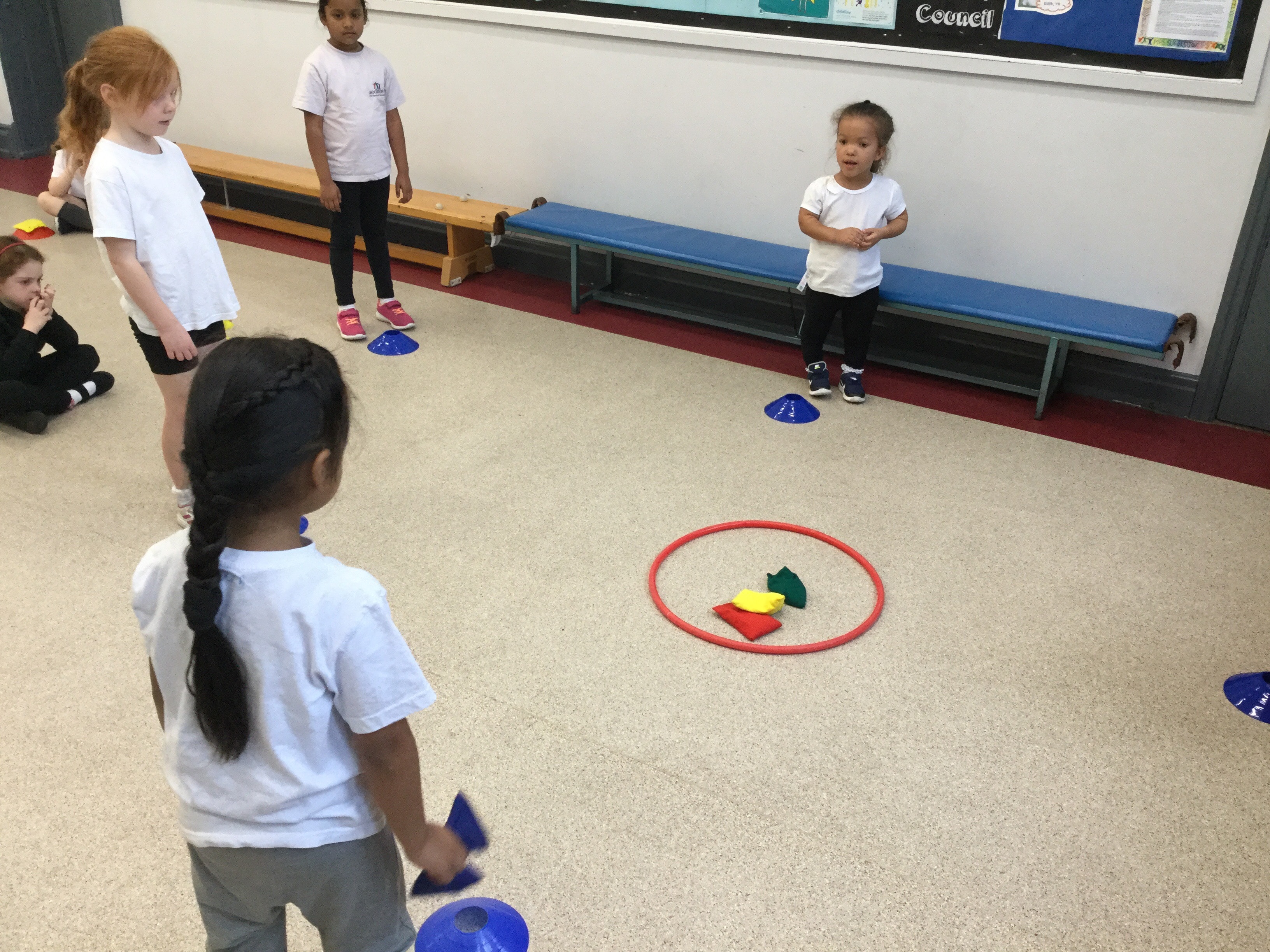
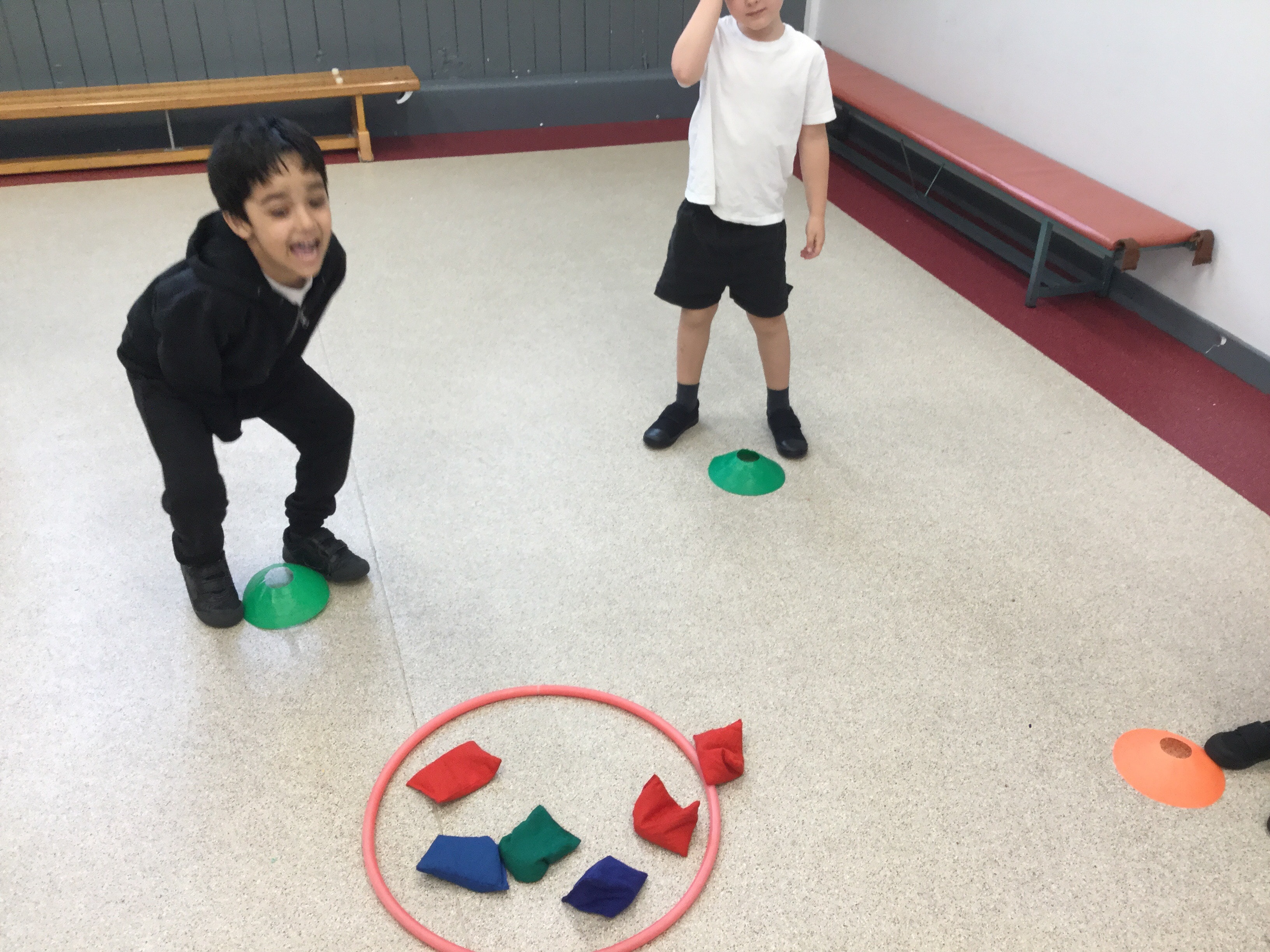
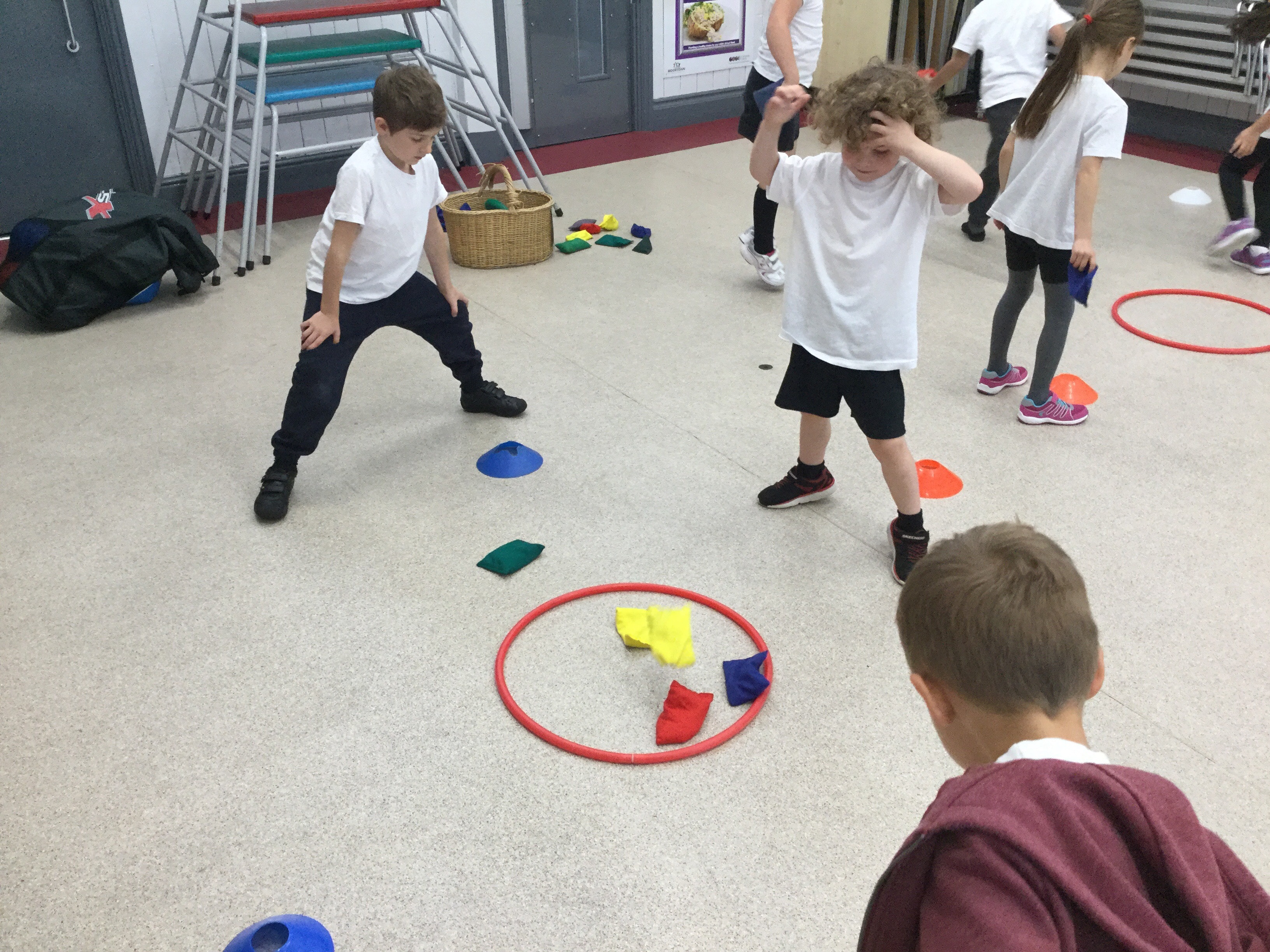
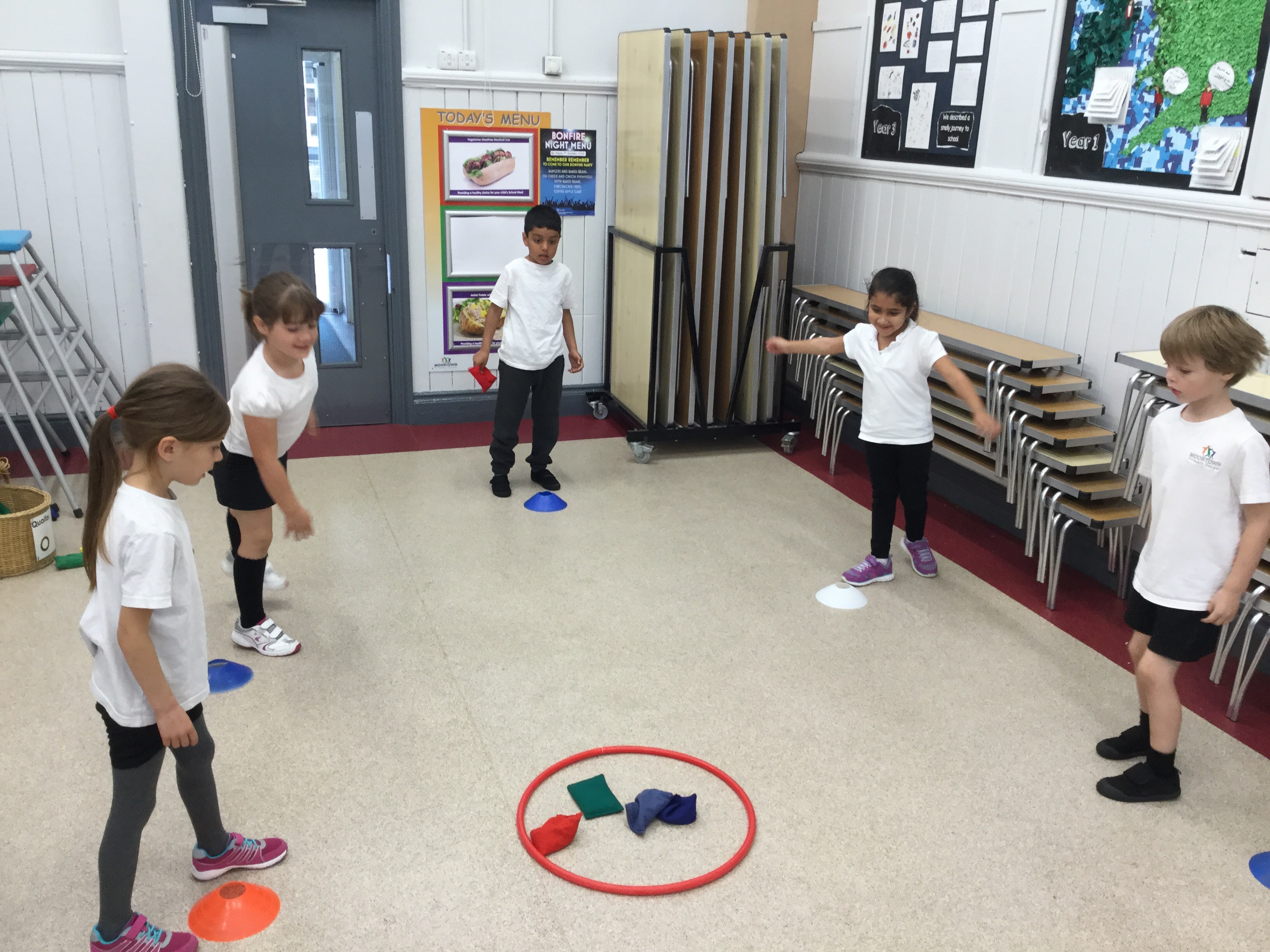
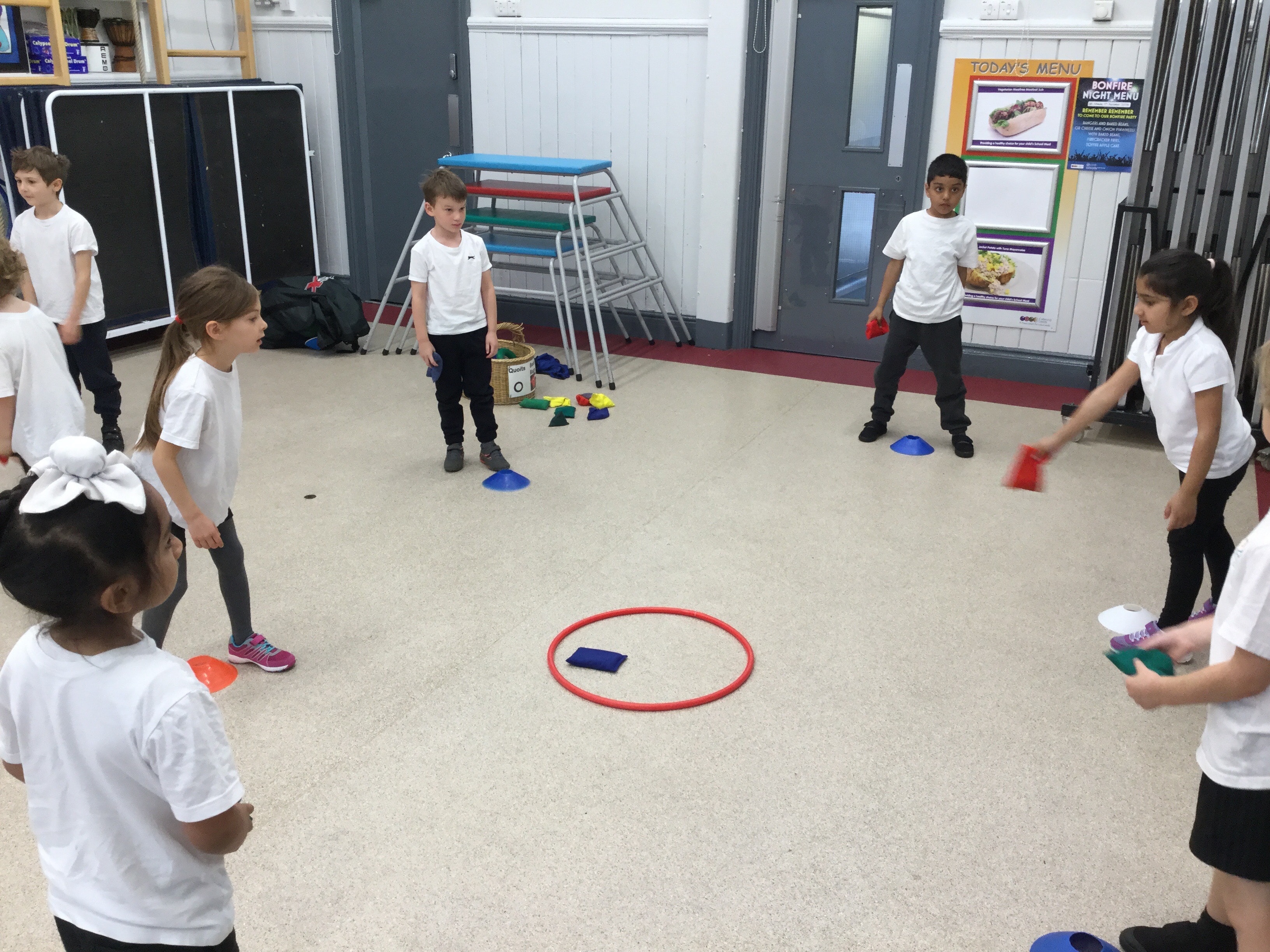
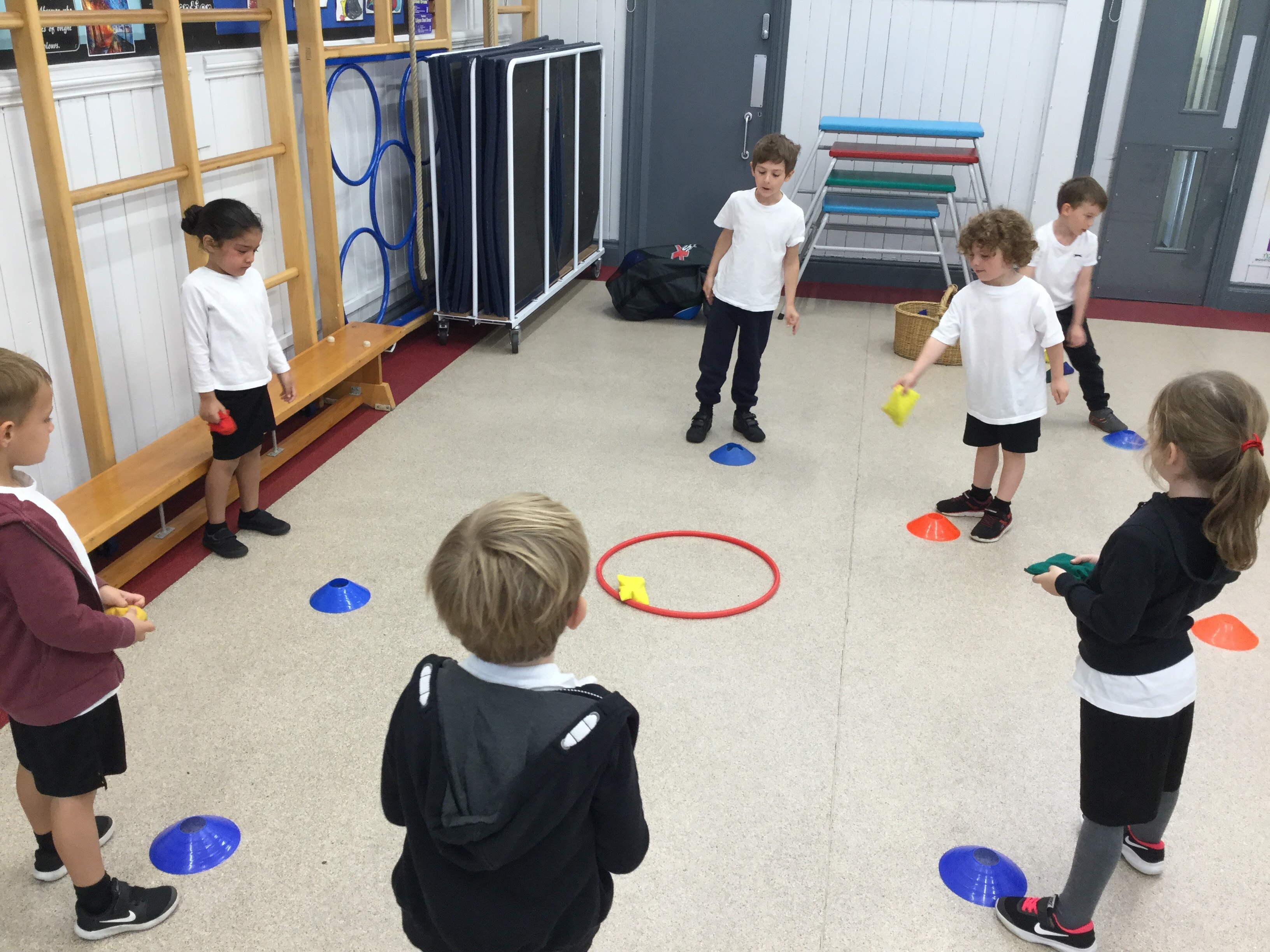
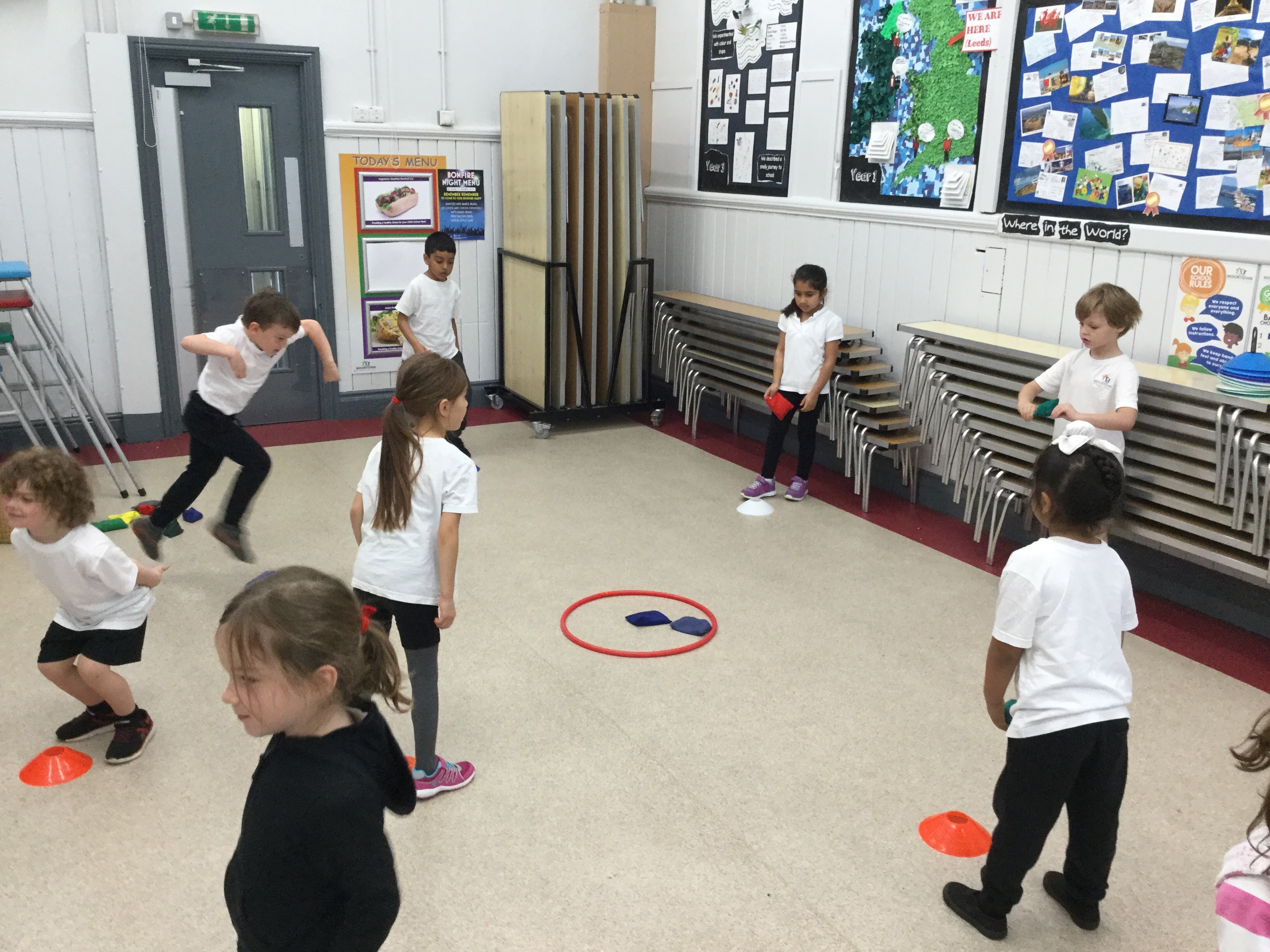
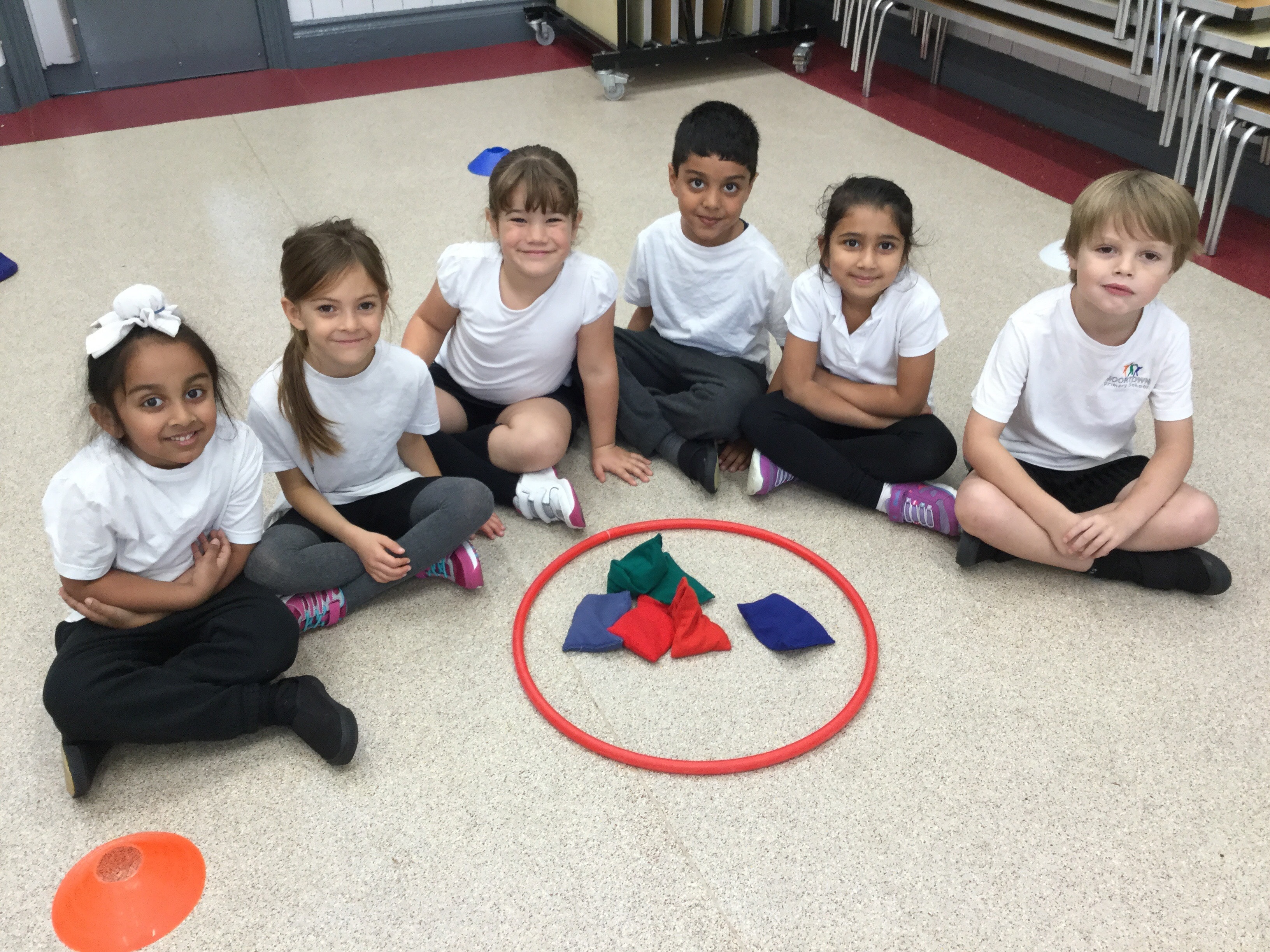
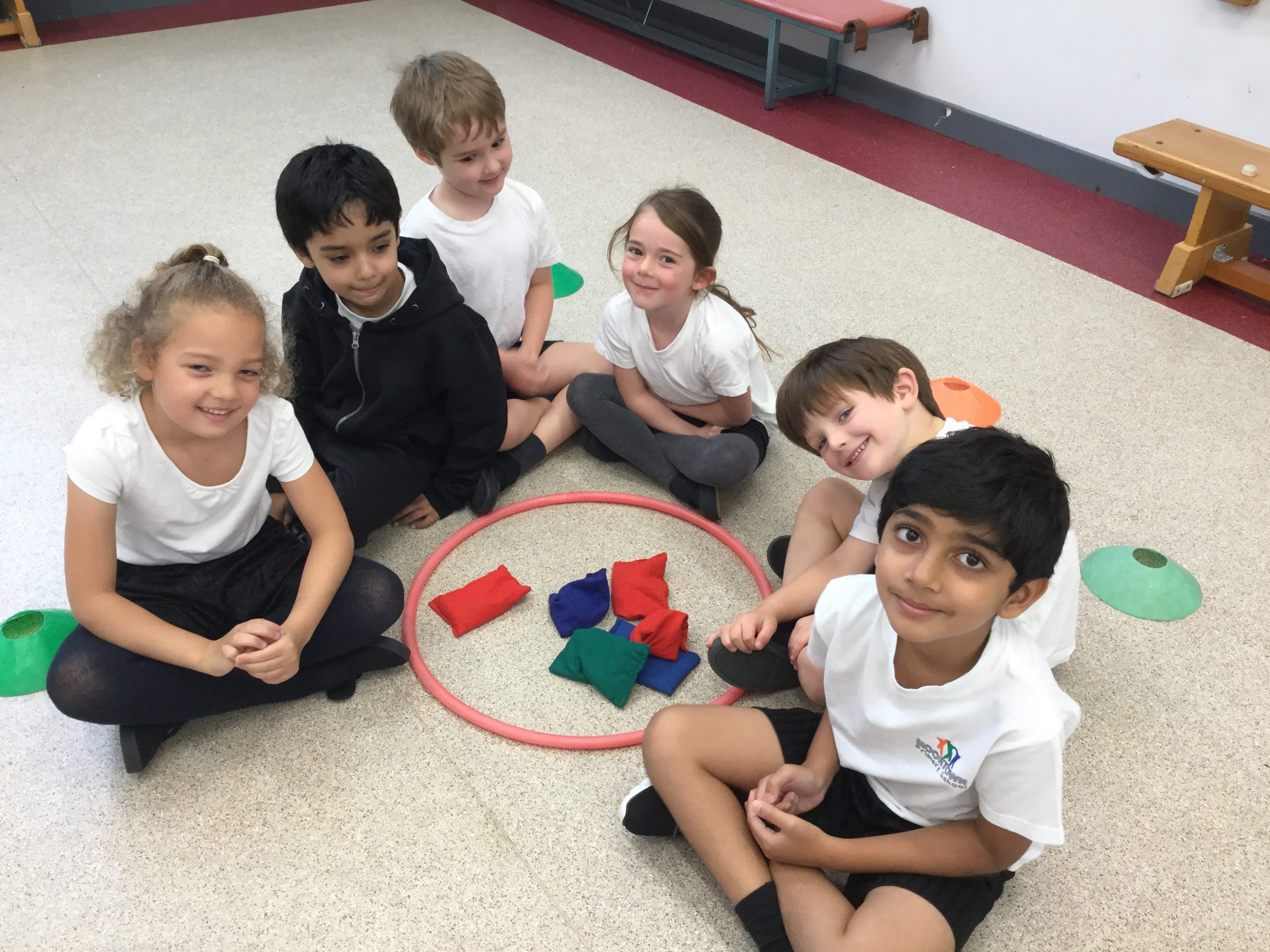
Learning about measures
Our maths learning this week has been all about measuring. The children have been comparing the length and height of objects such as sticks, playdough worms, pencils and each other!
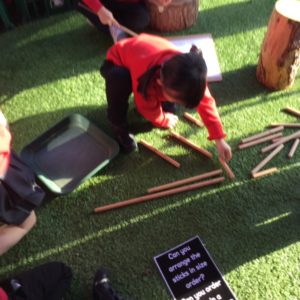
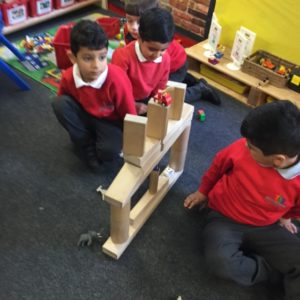
Home challenge
Ask your child to build a tower of five blocks and a tower of 9 blocks. Can they build a tower shorter than one but taller than the other?
Living and Learning – Rights and responsibilities

This Living and Learning statement is a really important one for helping us to live in a respectful, responsible way. It can relate to lots of different aspects of life. Having rights links well with British Values (Individual liberties).
In our Living and Learning circle time session this week, we considered the rights we have but also the associated responsibilities.
Responsibility (also one of our 8Rs for learning) was recently one of our words of the week.
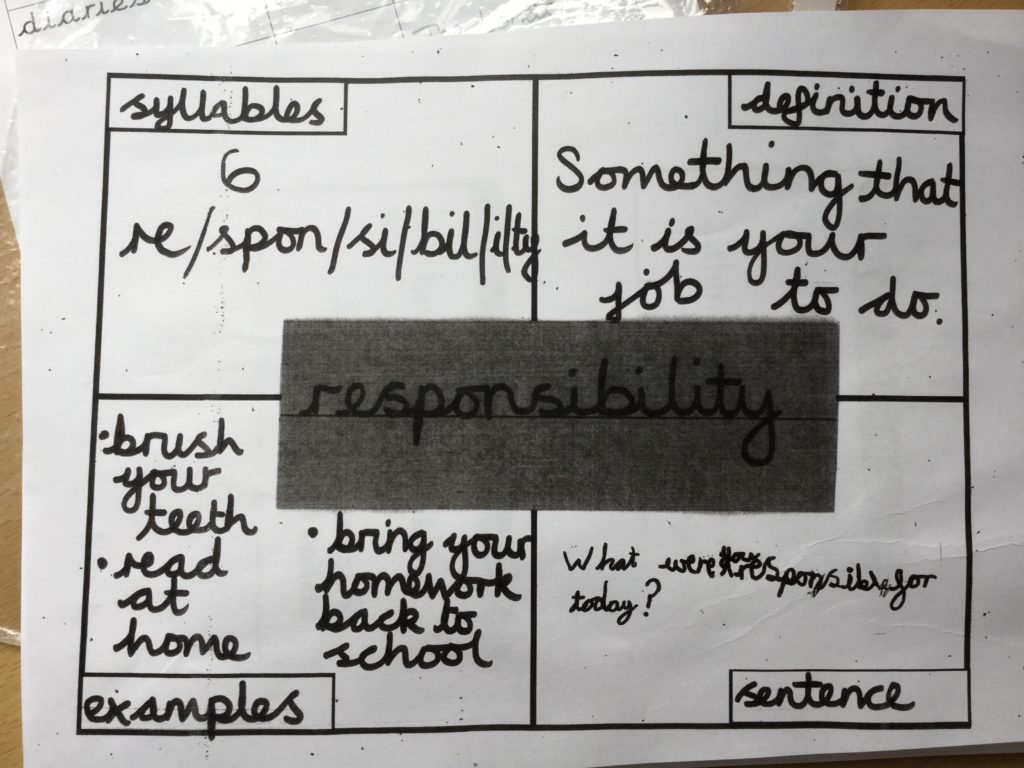
For example, we have the right to think and believe what we wish to so we have the responsibility to respect other people’s thoughts and beliefs.
We have the right to food, and the responsibility to make our own healthy choices.
We have the right to play, and we have the responsibility to play safely and sensibly with our friends.
The children were then able to come up with their own rights and responsibilities.
We have the right to have friends, and we have the responsibility to…
be kind to our friends (Sophia).
be friends with others – not just one person (Junior).
look after our friends (Olivia).
not to be bossy to our friends (Shasmeen).
not to hurt our friends (Gurvar).
We have the right to learn, and we have the responsibility to…
bring the resources we need (Ewan).
follow the instructions from the teacher (Gabriel H).
look after the equipment we use (Bridget).
be ready to learn (Noah G).
listen (Noah F).
look after the classroom (Saahith).
Help at home by encouraging your child to think about their rights and responsibilities outside of school.
Time Travel – Sources of evidence
We’ve been very impressed by the enthusiasm and engagement from the children during our current learning in Time Travel. As you will have seen in our class assembly, the particular historical event we are focusing on is the Great Fire of London which took place in 1666.
First of all, we calculated how many years ago this event took place to consider how this might affect the sources of evidence available. It happened 352 years ago.
Iris had pre-empted this learning, earlier in the week, ‘How do we know about the Great Fire of London?’ Great enquiry skills.
In table groups, children discussed whether they agreed or disagreed with the sources of evidence provided.
Using their thinking skills, the children then had to share why the sources would be possible evidence or not.


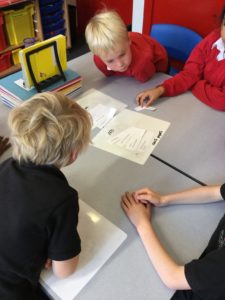

Help at home by asking your child what is the best source of evidence for the Great Fire of London and why.
Active travel in October – week two winner
Well done to our week two active travel winner (08 – 12 October) who was randomly selected to receive the latest £10 voucher.

Our week three winner will be announced early next week.
We have a final weekly prize to award and also a prize for someone who has made an active journey to school every day in October. These prizes will be awarded straight after half term once our Living Streets travel tracker data is available.
Remember an active journey can be walking, biking, scooting or parking away from the school gate and striding the last part of the journey.
On your marks, get set, bake!
Today, Year 4 got into the ‘Bake Off‘ spirit. The children enjoyed making healthy muffins. It was great to hear so much mathematical talk happening during our lesson. We discussed scales, fractions, amounts, cooking times, measures and much more.
Apples fresh from Mrs Pearson’s garden added a healthy, fruity twist to our muffins. Thank you, Mrs Pearson, for the ingredients and all your help.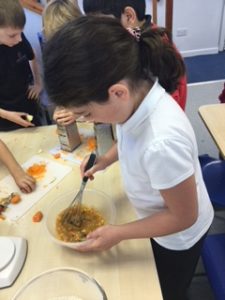
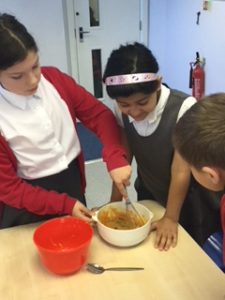
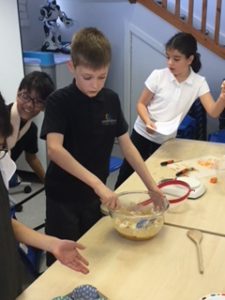
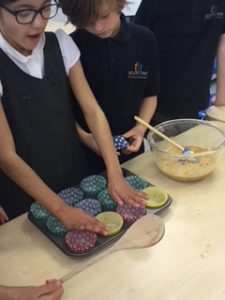
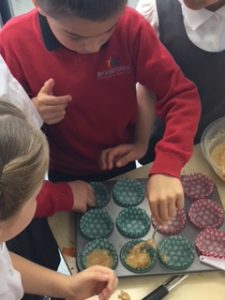
Lost property
School Council are involved in a project to try and reduce the amount of lost property we have at school.
Starting this Friday, lost property will be available to look through in the playground to hopefully reduce the pile we have already this term!
Naming your child’s items helps to get things back to their owners so we will also be offering a clothing name labelling service for 20p per item. Profits will go to our school charity, Make-a-Wish.
New additions to the library – thank you, school councillors
At their final meeting, our current school councillors spent time, using part of their budget, choosing new books for our library.

From sport books to science books, there’s a great selection. The books will soon be available to borrow from the library.











And relax….
Following a morning packed with learning, Year 4 spent ten minutes enjoying some mindfulness techniques.
Mindfulness can add to the quality of our lives in numerous ways, from nurturing a sense of inner peace to enhancing self-confidence and our attitudes towards others.
Mindful Hearing
In this exercise, the children were guided through an experience of paying attention to sounds.
Mindful Breathing
In this exercise, children were guided through a process of paying attention to their breathing.
- “I feel so relaxed now.”
- “My lunch time is going to be calm.”
- “I reflected on my learning.”
- “I listened to my breathing. It was like the waves of the sea coming in and out.”

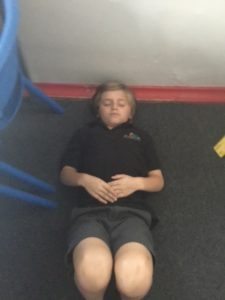
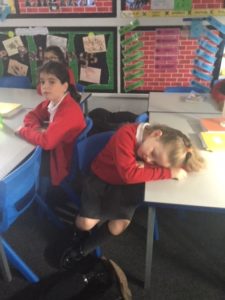
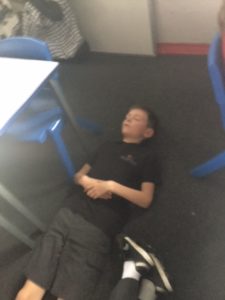
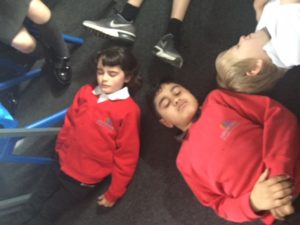
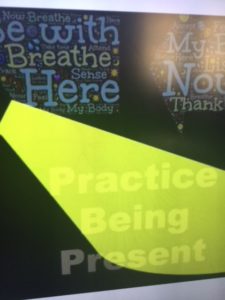
Living & Learning
This week’s Living & Learning statement is – I understand that rights come with responsibilities.
The class explored the word responsibility. We discovered that responsibility means that we have a duty to deal with something. We discovered that the word rights means we have an entitlement to have or do something.
Some examples of this statement included:
- I have a right to go to the toilet but I have the responsibility to go at an appropriate time like break time and lunch time, where possible.
- I’m responsible when I remember my swimming kit.
- I’m responsible for doing my homework on time.
- I have the right to an education. It is my responsibility to learn as much as I can.
- I have the right to a clean environment so I have the responsibility to do what I can to look after the environment.